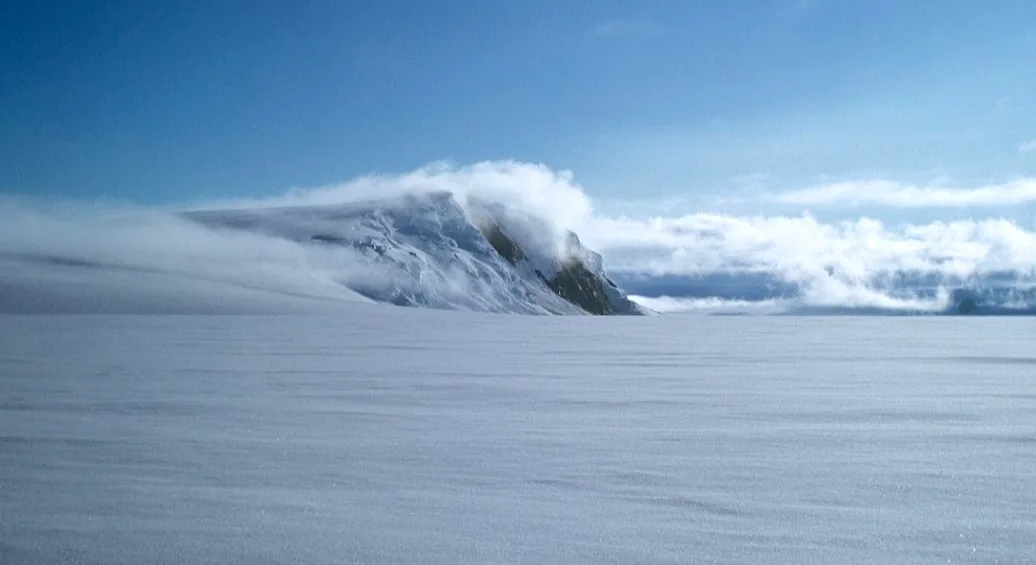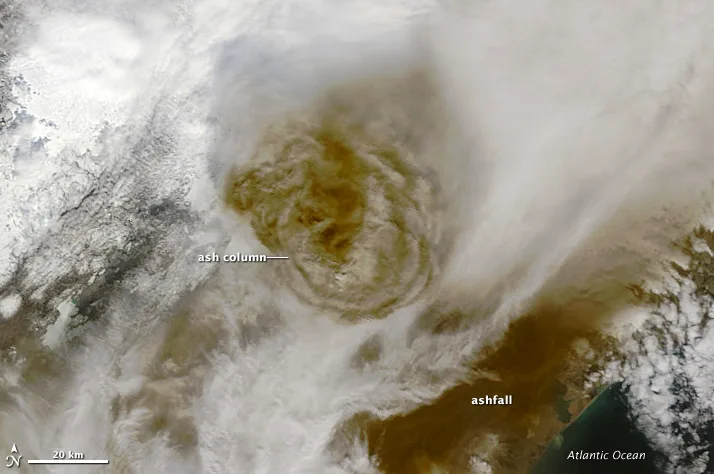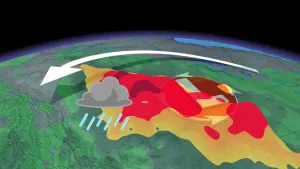
Most active volcano in Iceland could erupt soon, alert level increased
The Grímsvötn volcano experiences a large eruption every 150 to 200 years and smaller ones every five to ten years, experts say.
Experts at the Icelandic Meteorological Office (IMO) say that Grímsvötn, Iceland’s most active volcano, could soon erupt and have changed the volcano’s Aviation Color Code from green to yellow.
The next alert level in the Aviation Color Code System, which informs the aviation sector of a volcano's status, is orange, which means that the volcano is “exhibiting heightened unrest with [an] increased likelihood of eruption.” Red follows orange, and indicates that “eruption is forecasted to be imminent with significant emission of ash into the atmosphere likely.”
The IMO notes that the change in the Aviation Color Code was prompted by above-average seismic activity during September, increasing geothermal activity over the past few months, and surface deformation. Scientists have also recorded increasing amounts of gases such as sulfur dioxide and carbon dioxide, which are released from the volcano as magma approaches the Earth’s surface.
Grímsvötn is a unique volcano because it is covered by the massive Vatnajökull, which is Europe's largest glacier. There is also a subglacial lake that lies underneath this ice. Heat from the volcano melts the ice, which forms this lake in the volcano’s crater. The subglacial lake can be up to 100 metres deep and is covered by ice that is up to 260 metres thick.

Vatnajökull is the largest glacier in Europe. Credit: Roger McLassus/ Wikimedia Commons
Significant amounts of heat released from the volcano can cause increased meltwater. As more ice melts, the pressure of the lake against the ice above it can become strong enough to cause a glacial outburst flood or jökulhlaup. Hundreds of square kilometres could be covered by a jökulhlaup and the sudden removal of water and pressure during this event can trigger a volcanic eruption.
“An eruption could be triggered by depressurization if the subglacial lake inside the caldera will drain and cause a flood or occur regardless, possibly with very weak precursory activity and short warning time, as seen in the eruption of 2011,” the IMO states.

The 2011 eruption of Grímsvötn. Credit: NASA
Grímsvötn’s 2011 eruption sent a plume of ash and steam about 20 kilometres into the atmosphere and temporarily shut down Icelandic airspace. Approximately 900 flights were cancelled between May 23 and 25 that year and several airports had to temporarily close.
Experts say that this volcano experiences a large eruption every 150 to 200 years and smaller ones every five to ten years. The IMO states that the 2011 eruption was “a fairly large and powerful event” and that the upcoming eruption will be considerably smaller.










